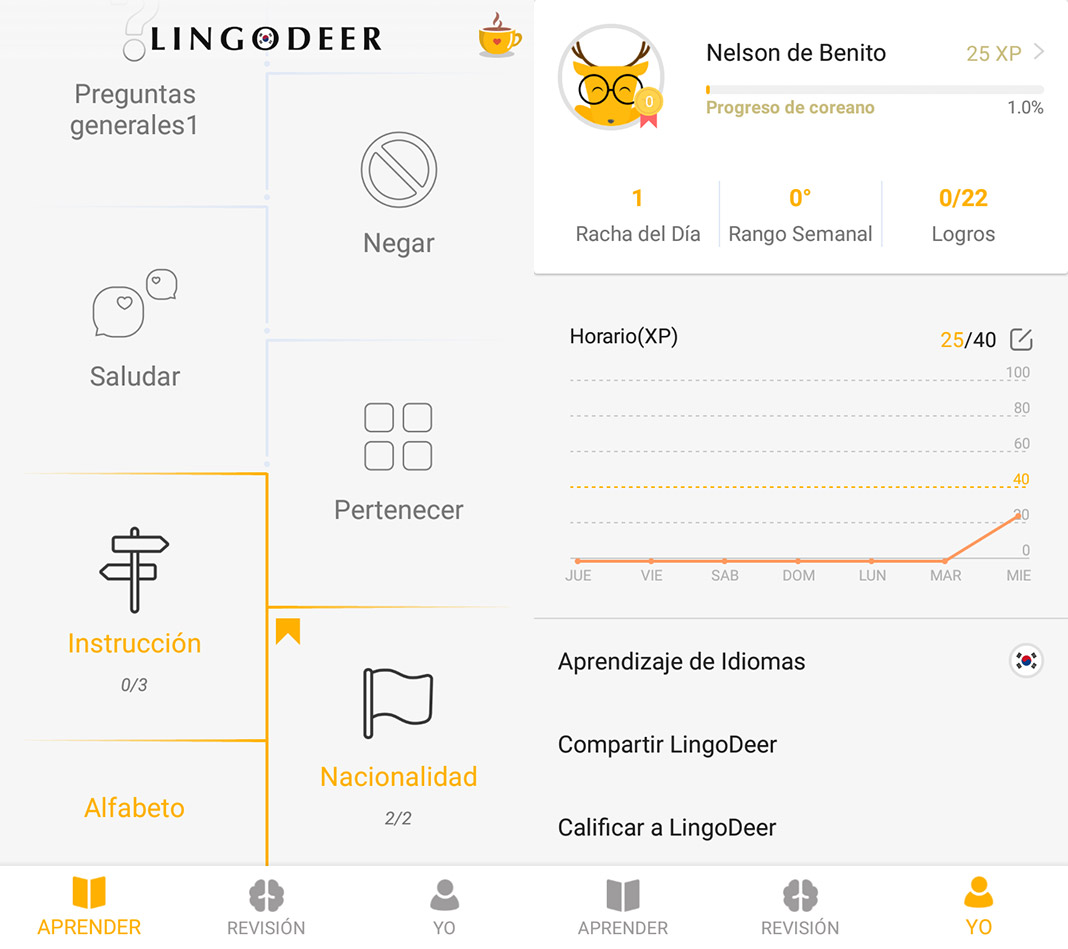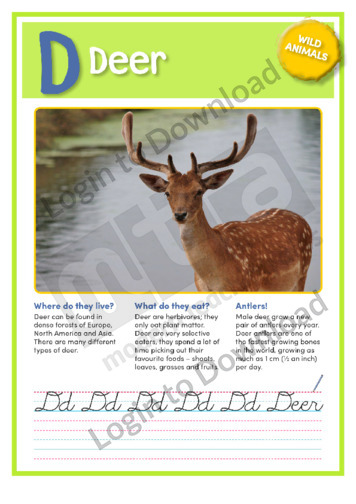

When deer or other game smell, see, or hear you, they will get nervous and/or leave the area quickly.Ī male fawn deer that only has little bumps for antlers in its first year. The first antler tine nearest to a buck’s head.ĭeer are adapted to eat woody shrubs and herbaceous plants quickly by roughly tearing off large chunks and continuing on their walk. A broadside shot to the vitals is a quickly-killed deer. The most ethical shot at a deer is when they are standing perpendicular to you so you can see one entire side of their body. Often following a “white flag”, deer will snort loudly (i.e., “blow”) to alert other deer about a threat. Larger beds usually belong to bucks.Ī place where deer will rest and sleep during the day usually this is found in dense thickets or places where they can easily hide.ĭoes make a whiny bleat noise to communicate with each other and signal they are in estrous.

Where a deer actually lays down, they leave an oval depression in the grass or snow. The legal number of animals of a certain species you can kill each day. They’re called racks or horns too, but horns do not fall off it’s just a misnomer. When you’re done, check out the list of small game hunting terms too. I felt it was about time I write an article to define some of these deer hunting terms for you. Trying to understand someone who uses these deer hunting terms and phrases might seem like you’re trying to test out of a college language requirement (and not doing well, either).

But if you’re learning to hunt, there is a ridiculous amount of hunting terminology slang words to wrestle with. As with any community or group, there is always a certain level of technical jargon to understand.


 0 kommentar(er)
0 kommentar(er)
